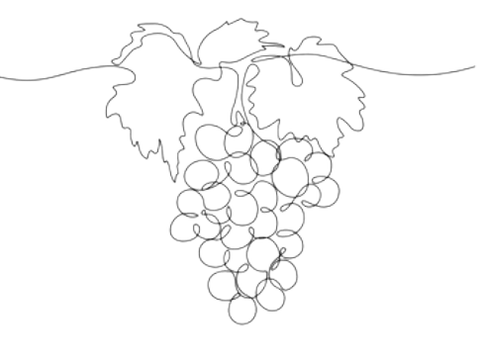Reading time is approximately 3-4 minutes
The cultivation of vines is an ancestral tradition which requires unfailing dedication and rigor. The winegrowers, artisans of the land and guardians of know-how passed down from generation to generation, lead a life punctuated by the seasons and the needs of their vines.
Days tailored to the seasons
The life of a winegrower is far from easy. From daybreak until sunset, the winegrower is on his feet, watching over his vineyard with constant attention. From March 1 to October 1, his day begins at five in the morning and does not end until six in the evening. This long period is crucial for the vine, which requires care and vigilance to bear fruit.
With the arrival of autumn and until the return of spring, the rhythm adjusts to the shortening of the days. The work begins at dawn and continues until night forces the winegrower to return home. These extendable schedules show the necessary adaptation to natural cycles, a harmony between man and his environment.
A strict working environment
The winegrower of the time was subject to strict rules to ensure the good health and productivity of his vines. In particular, he was forbidden to keep dogs in the vineyards, to make fires, or to burn or take away stakes or branches. These measures, although severe, were designed to protect the vines and guarantee the quality of the wine produced.
A life of work
The description of these days of work, with few breaks, illustrates the winegrowers' commitment to their profession. These men and women of the land spared no effort, aware that the quality of their harvest depended on their labor and vigilance.








